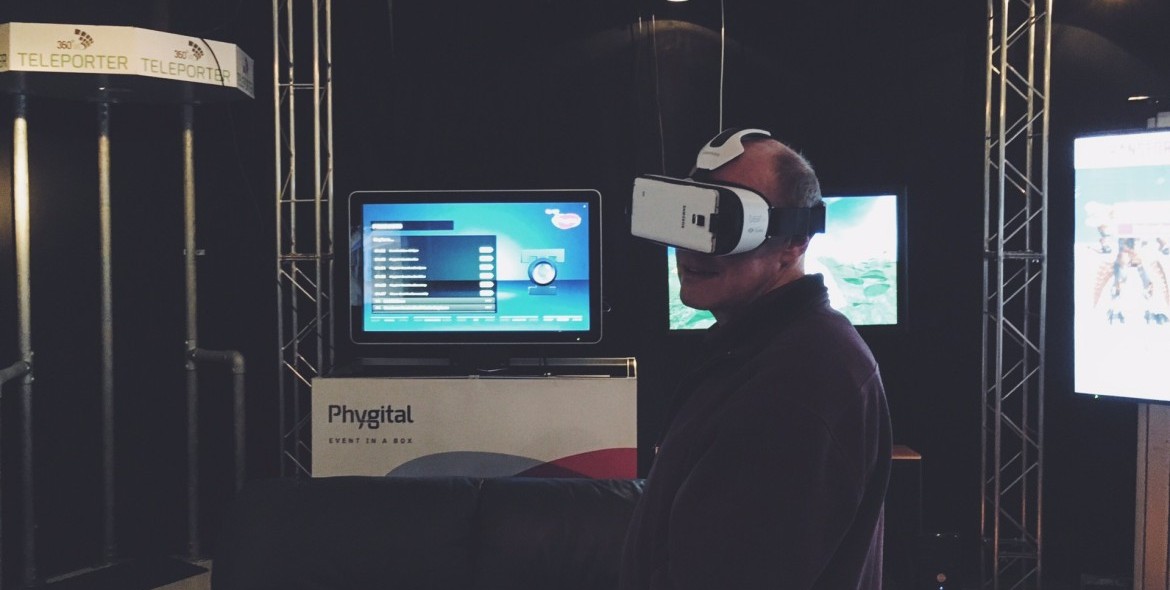We recently visited experiential technology company Phygital to discuss a few ideas we had for a client and it got us thinking about the benefits that immersive experiences can bring to all kinds of businesses.
If used well, they can attract and engage customers more effectively than traditional marketing techniques by telling a richer story and helping you stand out from the competition.
When we say ‘immersive experiences’ we are referring to interactive and sometimes multi-sensory experiences that blend physical technologies with digital content.
Think Oculus Rift, Microsoft’s Kinect or even Snapchat’s Faces feature that uses facial recognition to add animations to your selfie.
It’s certainly not a new line of thinking, but with technologies like virtual reality becoming more easily accessible and inclusive (Google Cardboard), it is clear that more businesses than ever could benefit from well-designed immersive experiences.
Your customers are creative, skeptical and entrepreneurial
Consumers no longer simply consume. Technology has given them the power to be agents, to talk directly to brands and to create their own content.
In 2006 less than 10% of people actively created content online but now, it’s over 77%.
This empowerment means that people are reshaping their relationships with companies and new opportunities are opening up to develop richer and more multi-dimensional relationships.
If you can give customers more than just products, they will give more than just money.
How can immersive tech help?
As consumers, we are bombarded with messages 24/7 and that makes it tremendously difficult for brands to win peoples’ attention. This is why it’s so important that we keep looking for new ways to design better experiences.
Immersive technologies are great for developing better experiences because they put the individual in control, encouraging personal interaction with the content.
People certainly enjoy well-designed immersive experiences and this has been driving the development of technology required to create them, including but not limited to:
Facial recognition and gesture control
Always have a plan
Just remember, it’s imperative to consider your audience and the story you’re trying to tell before you decide to utilise some fancy new tech.
Will an immersive experience draw their attention? Will it benefit your business/product? Or will it distract from what you are really trying to say?
